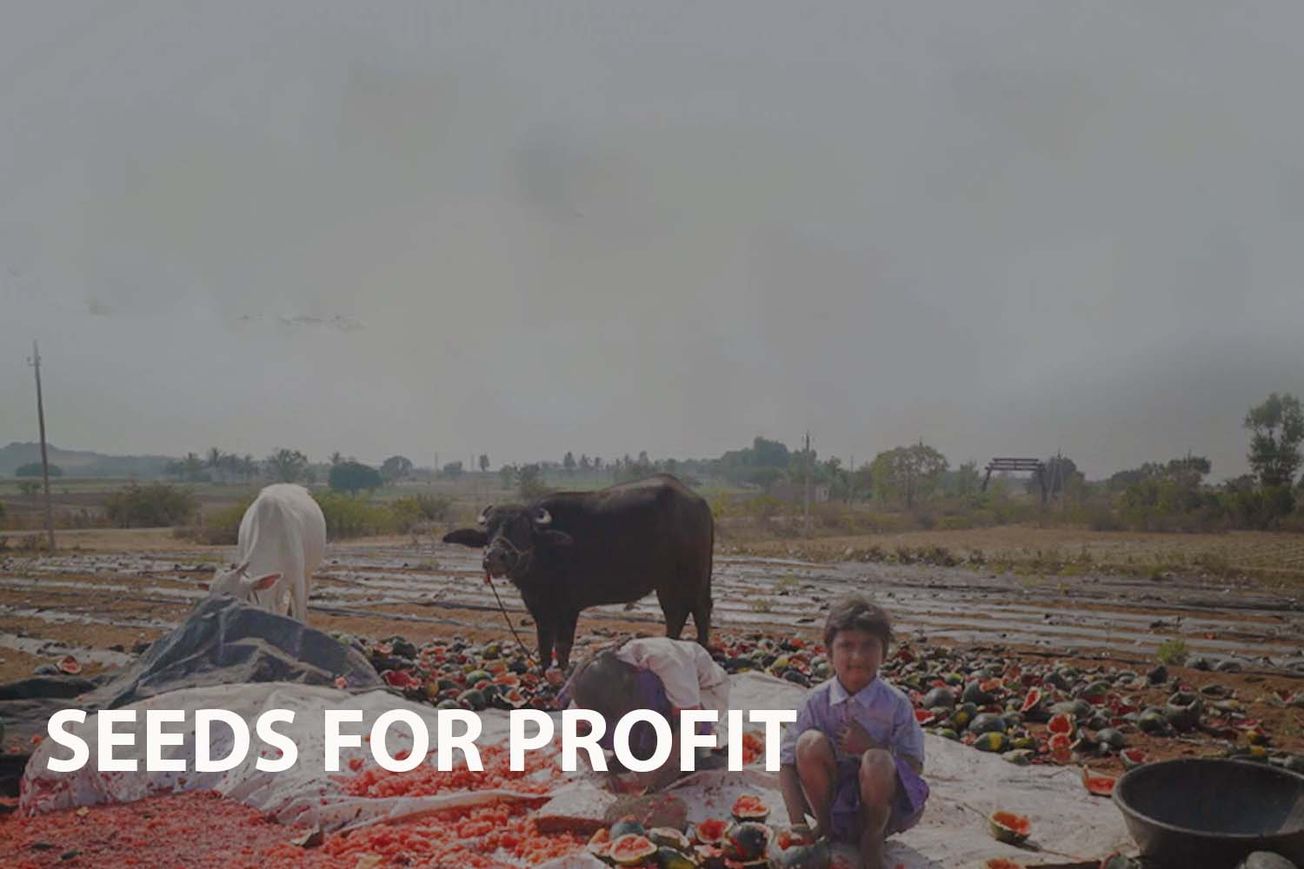Keywords: Agriculture, Monopolies, Industrialisation, Biodiversity, Nutrients, Privatisation, Seeds, Cultivated Varieties, Fruit, Vegetables, Environmental Impact. Three words: Informative, Eye-opening, Controversial
Introduction
The documentary "Seeds Of Profit" directed by Linda Bendali was released in 2019. This eye-opening film explores the monopolisation of the seed industry, the disappearance of cultivated varieties, loss of valuable nutrients, and the controversial privatisation of life.
Synopsis
"Seeds Of Profit" takes viewers on an exploration of the global seed industry, examining how a few powerful corporations have gained control over the world's fruit and vegetable seeds. This monopoly not only threatens biodiversity but also results in a loss of nutrients and cultivated varieties.
More Film Analysis
Analysis
The documentary is well-researched and presented in an engaging manner. It dives deep into the politics of the seed industry, uncovering shocking truths about the manipulation and control of our food supply. The film strikes a balance between informative interviews and visually compelling footage, providing an all-encompassing view of the issue.
Historical and Factual Context
The film highlights the historical shift towards industrial agriculture and the consolidation of power in the hands of a few corporations. It provides context on the importance of seed diversity for ecosystem health and food security.
Key themes in the film
- Corporate monopolisation
- Loss of biodiversity
- Industrial agriculture
Film Comparisons
"Seeds Of Profit" can be compared to other documentaries like "Food Inc" and "The Future of Food", which also delve into the industrialisation of our food system. However, "Seeds Of Profit" stands out in its specific focus on seeds and the alarming monopolisation of the seed industry.
Noteworthy Moments
One of the most significant moments in the documentary is the revelation of the extent to which a few corporations control the global seed market. This moment underscores the severity of the issue and its potential impact on biodiversity and food security.
Reviews
"Seeds Of Profit" received critical acclaim for its thorough investigation into the seed industry. Critics praised the film for shedding light on a less-known but crucial aspect of our food system.
Conclusion
"Seeds Of Profit" is a must-watch for anyone interested in food security, agriculture, and environmental sustainability. The documentary uncovers alarming truths about the global seed industry that are relevant to all of us as consumers.
More film information:
FILM SUMMARY
- Genre: Documentary
PERSONALITIES
- Linda Bendali: Director of "Seeds Of Profit"
LOCATIONS
- Various global locations including seed farms and corporate offices
Key Questions Raised by the Film:
- How does the monopolisation of the seed industry impact biodiversity and food security?
- What role does privatisation play in the loss of nutrients and cultivated varieties?
- What can we do as consumers to promote a more sustainable and equitable food system?
Links for Further Exploration:
I wonder what the film would be in another art form



- If this film was a famous book, it would be "The Grapes of Wrath" by John Steinbeck because it also explores the exploitation of agricultural workers and the impact of industrialisation on the environment.
- If this film was a famous song, it would be "Big Yellow Taxi" by Joni Mitchell, which laments the loss of nature to corporate interests.
- If this film was a famous piece of art, it would be "The Gleaners" by Jean-François Millet, a painting that highlights the plight of rural workers.
- If this film was a famous celebrity, it would be Leonardo DiCaprio, due to his active role in advocating for environmental sustainability.
- If this film was a color, it would be green, symbolising nature and the environment.
- If this film was a music style, it would be folk music, often associated with social commentary and activism.








